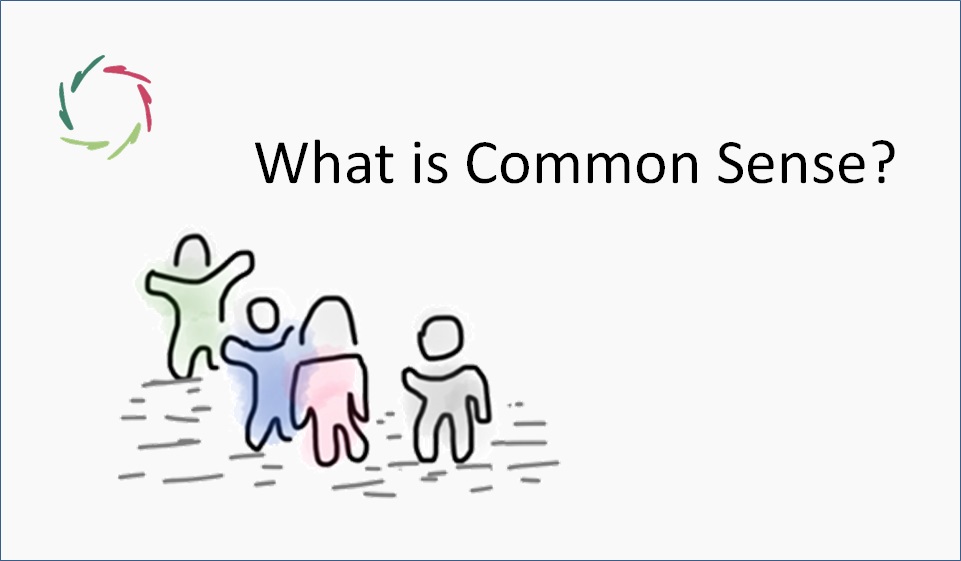The Case of Whatever

Too many people live in an unfortunate state of inner dissociation ― possibly provoking anxiety and self-defeat. Meanwhile, they try to explain the unexplainable to themselves and others with whatever means available.
Inner dissociation: as if anything mental is directly available to conscious control.
How many people?
In my experience, more than enough.
Of course, this depends very much on one’s definition of the phenomenon. From what point onward can one call it so? Also, there are many colors in the spectrum. ‘Inner dissociation’ is a vague term, but not, therefore, less important.
The anxiety provoked by the ensuing lack of control can be either felt or not. Especially if not felt, this creates cognitive dissonance: the urge to fill the void with whatever explanations or other means to get rid of it.
From little to flooding
It’s not straightforward to find out about one’s own state of inner dissociation. Mainly, as a matter of fact, one is naturally not conscious of what happens non-consciously. One needs to be cautious in both directions. To be avoided is the saying: “It is not, because I feel it not.”
Compare the challenge with a colorblind person trying to understand what colors are. However, in this case, the colors may gradually show up through the person’s making reasonable efforts. One needs to open oneself when countering things that don’t meaningfully fit or are paradoxical.
Being open, one can quickly see several of these ― then more and more – then it looks like a flooding that sweeps over so much (see my blog-essays) that one better talks of a mental paradigm shift.
Whatever
Having arrived at the insight of three-dimensional reality on a two-dimensional screen (Maya’s veil in a specific tradition), one also starts encountering ‘whatever’ in many ways.
This is the whatever of any means people can use not to see – or even be able to see – the dissociation mentioned above. Eventually, anything might be used to eliminate the idea that one doesn’t consciously control oneself to a huge degree.
That is a problem.
From the two sides of the veil, it’s challenging to grasp the other side. Alas, this may lead to pretty much hostility ― canceling, for instance. It’s better to get this when traversing to the other side ― which is usually done from illusion to dis-illusion.
Even so, it’s better – and more accurate – to not see this hostility as coming from the person who outs is, even if oriented to you.
Even so, it’s a problem. History shows that this kind of problem can take some time to resolve.
Therefore, let’s not wait to do what is needed.


